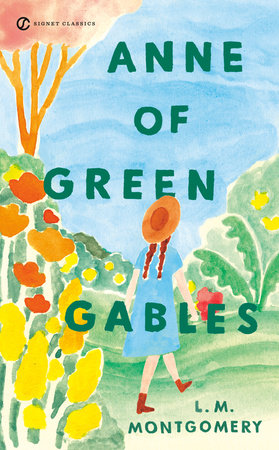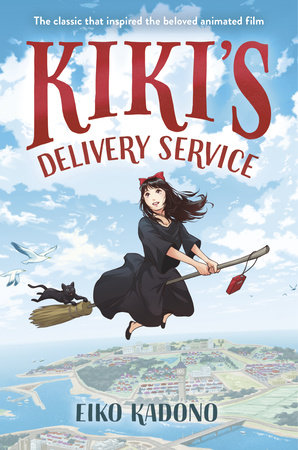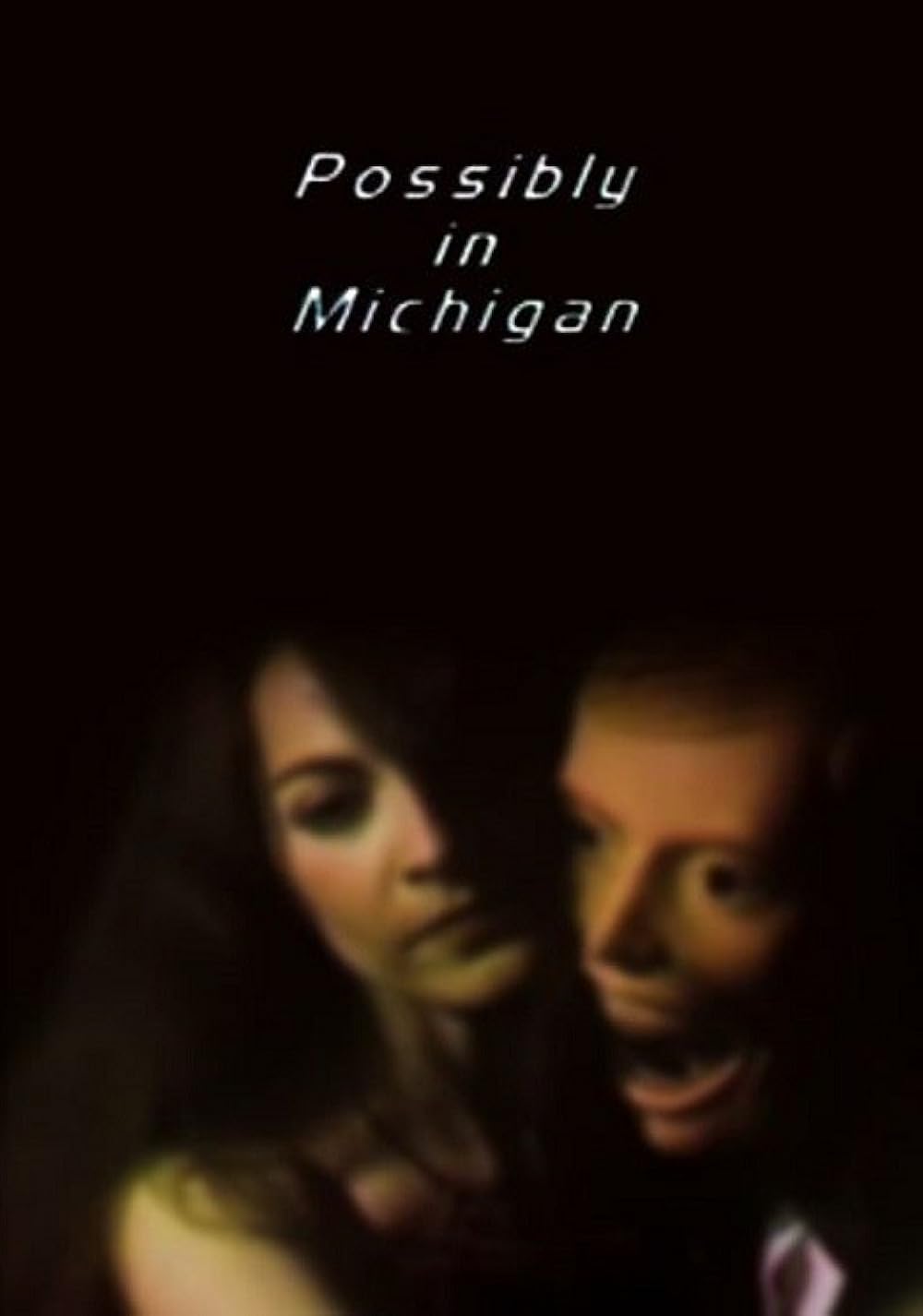The Rebecca Crown Library happily invites contributions from Dominican University graduate students who are pursuing a Master’s degree in Library and Information Science, undergraduate students who are employed at the library, and other writers. To do so, please fill out this form to share your proposal with us.
It does not have to be fully formed - we would love to help you workshop your idea and build out your piece. It can be something you have previously submitted for a class.
Please feel free to reach out to Ana Hernandez at ahernandez20@my.dom.edu and/or view the best practices document for more information.















































This post was authored by undergraduate student Alberto Diaz for Professor Christine Wilson's CRWS 105 class. It is part of a “Student Speaks” series on the RCL blog.
Often, media is seen as entertainment. Whether that be music, movies, or books, media is a source of distraction. Some films, however, don’t just entertain, they challenge you, provoke you, and force you to think about your own world. Adam McKay’s, The Big Short, does just that. On the surface, it’s a two-hour comedy-drama about a group of investors who shorted the housing market during the 2008 financial crisis, also known as the Great Recession. During this time unemployment rates and home foreclosures rates that had not been seen since the Great Depression. (Coghlan et al.) Beneath the celebrity cameos, unique satire, and fast paced narration, the film portrays Wall Street’s irresponsibility and government failures. As a first-year business major, and as someone who has dreamed of entering the financial world since high school, this movie hit me differently than other pieces of media I’ve had to engage with for a class. Although the movie did a phenomenal job at breaking down the 2008 housing crisis, it wasn’t just about learning history; it was about confronting questions about the future. My future. Our future. That is why I recommend The Big Short: because it not only makes a complex economic crisis accessible, but it also forces viewers to reflect on ethics, responsibility, and what it means to live with integrity in a world that may reward the opposite.
A Brief Overview
Without spoiling too much, the narrative of The Big Short follows a handful of individuals who “beat” the system: Michael Burry, Mark Baum, Jared Vennett, Jamie Shipley, and Charlie Geller. In one way or another, they discover the instability of the housing market and they “short” it or bet against it; hence, the title The Big Short. It starts with Michael Burry, an awkward but brilliant hedge fund manager. He discovers that mortgage-backed securities are built on unstable subprime loans, and he invests millions against the housing market by creating credit default swaps. This unorthodox prediction at the time attracts the attention of Jared Vennett, a slick trader who partners with Mark Baum, a skeptical hedge fund manager determined to expose the truth behind Wall Street’s recklessness. Meanwhile, two young investors, Charlie Geller and Jamie Shipley, stumble upon Burry’s proposal and, with help of a retired banker, profit from the coming disaster. As these characters investigate, they uncover layers of corruption such as banks approving loans without verification, waiting agencies granting undeserved AAA scores, and regulators looking the other way. When the housing bubble bursts, their bets pay off, but the victory feels hollow as millions of ordinary Americans lose homes, jobs, and savings. (McKay).
Entertainment Meets Ethics
I won’t lie. The unexpected celebrity cameos throughout the movie that explained financial jargon were humorous, entertaining, and informative. But why were they needed? Easy answer: ordinary people don’t understand them. Most likely, you might not be a business major, and you’ll find yourself Googling terms like “credit default swap” just to make sure you understand them just like I did. As I was doing this, I realized that it was challenging me. It was provoking me to dig deeper. This led to me questioning the system. Why are these terms so hard to understand? Why are people taken advantage of? The film helped me answer these questions, as I’m sure it can do for you. It led me to realize it isn’t fair. It motivates me. Instead of using the knowledge I will acquire here throughout the next four years to take advantage of people, I want to use it to educate them and protect them.
Breaking the Fourth Wall
Ryan Gosling. What an outstanding performance from an outstanding actor. His character, Jared Vennett, often speaks directly into the camera at the audience, mocking the complexity of finance and the public’s blind trust in institutions. It felt personal. The movie was made for millions of people to watch, but it felt as if he was only talking to me. He was asking me: “What are you going to do about this?” It was no longer just about Burry, Baum, or the banks, it was about me, about us. Whether we like it or not, we are part of this system. As a first-generation student my answer was this: “I’ll pursue my education and make strive to make sure neither I nor others become the next victims.”
My Next Steps
Here’s where my recommendation becomes personal. Watching The Big Short didn’t discourage me from pursuing a career in business. It motivated me even more. Not in the way you might think. (Relax I’m not going to turn into a scammer). I don’t want to be like the characters in the film who profited while millions lost everything. I don’t want to measure success only in dollars and I don’t want to see people as numbers on a graph. I want to build a career that reflects my values: family, empathy, and responsibility. I want to be proud of not just what I achieved, but of how I achieved it. The film also reminds us of the importance of financial literacy. When we don’t understand the risks buried in the system, we can fall victim to consequences such as losing homes and savings. Financial literacy is one of the most important tools we can give people, and I want to be part of spreading it. Through my career, my community, and my personal life. That’s why I’m determined to push myself, so I’m prepared to step into this field and not just succeed but make a difference.
Conclusion
In the end, The Big Short is not just worth watching, it worth carrying with you. It reminds us that knowledge is power, that questioning systems is necessary, and that responsibility is not optional. As I step into the business world, I see this film as both a warning and an inspiration. A warning about what happens when greed goes unchecked, and an inspiration to be better. I look forward to not just elevating myself but more importantly: my family, my community, and the people around me. If you decide to check out The Big Short from the Rebecca Crown Library, enjoy it, learn what happened, but, also, ask yourself: what happens next?
Works Cited
Coghlan, Erin, et al. “What Really Caused the Great Recession?” Institute for Research on Labor and Employment, 18 Sept. 2019, irle.berkeley.edu/publications/irle-policy-brief/what-really-caused-the-great-recession.
McKay, Adam, director. The Big Short. Paramount, 2015